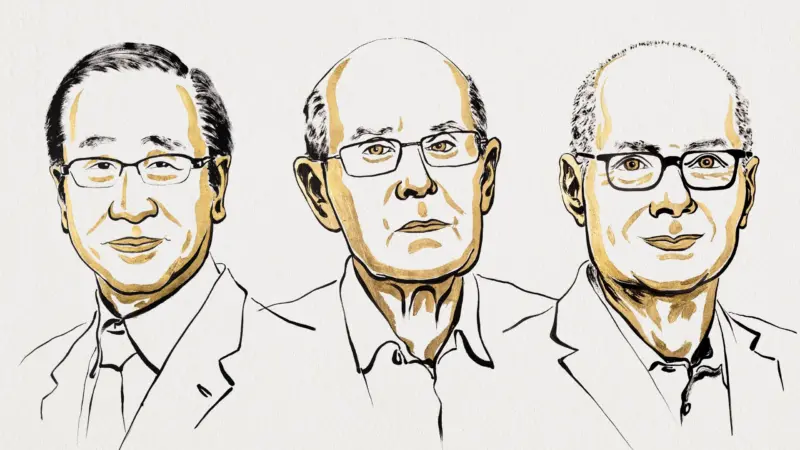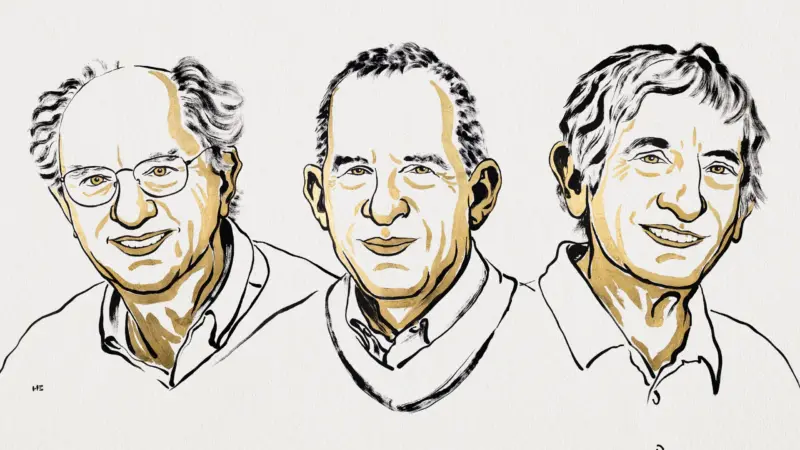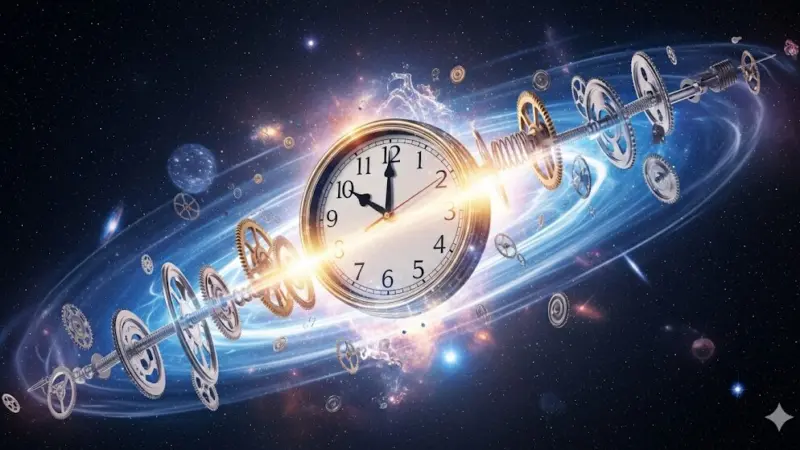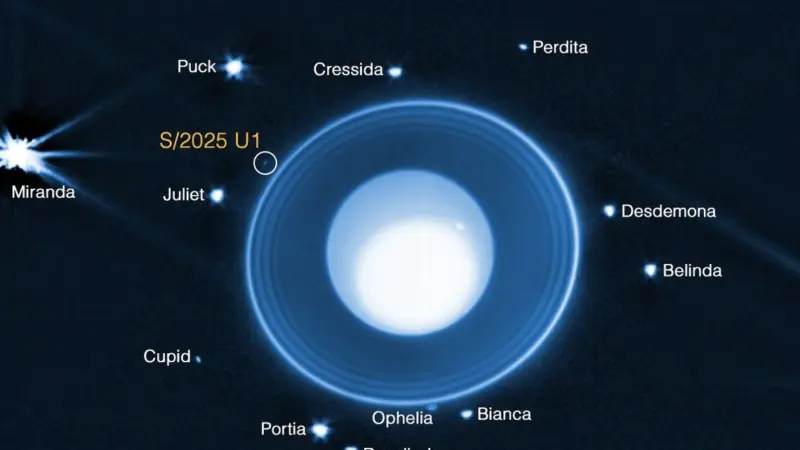What is the multiverse — and does it exist?
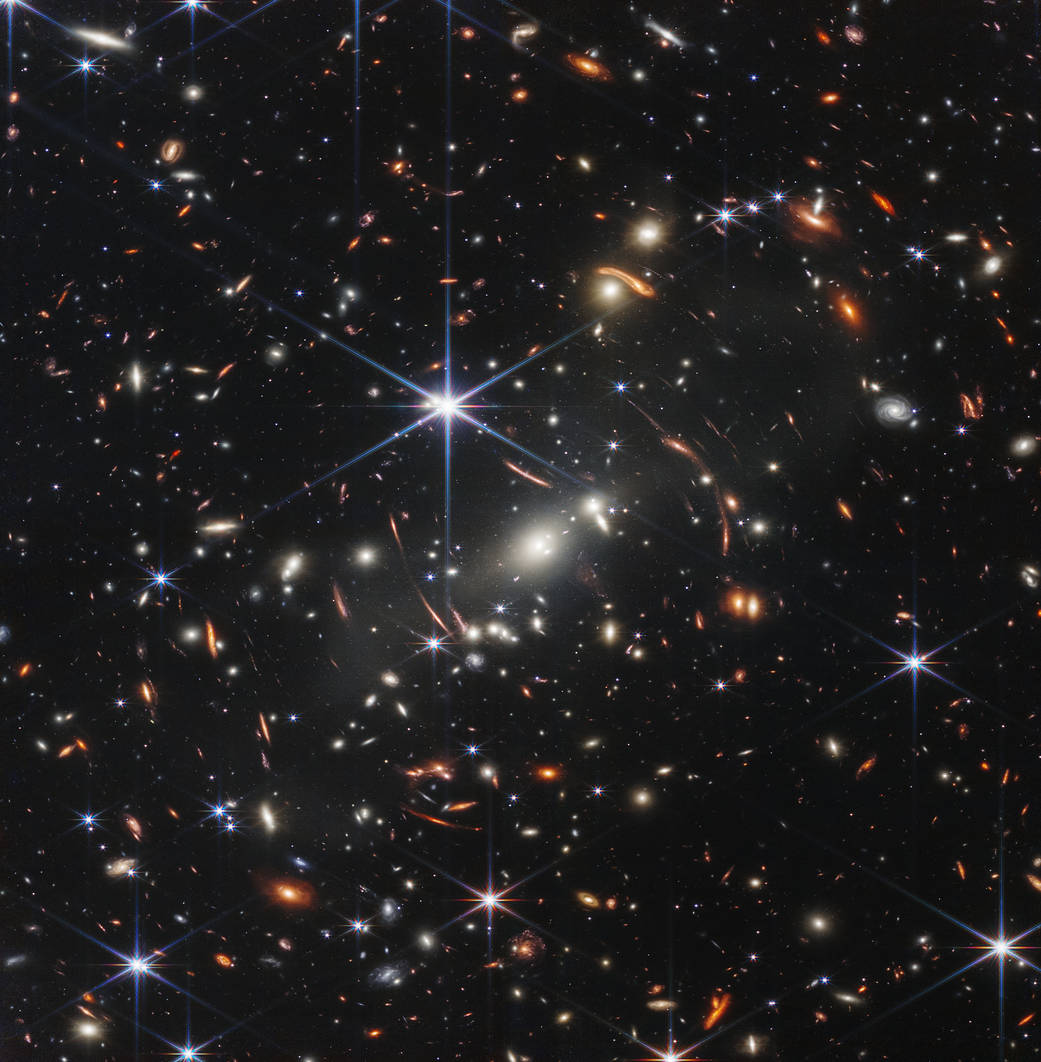
Have you ever wondered what lies beyond the edges of the observable universe? Is it possible that our universe is just one of many in a much larger multiverse? These are questions that have captivated the minds of physicists and cosmologists alike, and even made their way into popular culture through movies like Everything Everywhere All at Once and Dr. Strange in the Multiverse of Madness.
The concept of a multiverse is not a new one. Humanity has long held ideas about alternate realities, with Edgar Allan Poe even imagining “a limitless succession of Universes” in 1848. But the notion of a multiverse gained scientific traction with modern theories attempting to explain the properties of our universe, which predicted the existence of other universes where events take place outside our reality.
According to physicist Andrei Linde, “Our understanding of reality is not complete, by far. Reality exists independently of us.” This suggests that if other universes exist, they are likely separated from ours and cannot be directly measured or detected.
The idea of a multiverse has led to debates among experts about whether the search for such alternate realities can ever be considered truly scientific. Despite this, there are different theories about the possibility of a multiverse, including the existence of universes with their own laws of physics. Let’s dive deep into the multiple topic:
What is a multiverse?
The concept of the multiverse suggests that there may be other universes beyond the observable universe. Scientific theories propose various scenarios for the existence of multiverses, including different planes of space or separate bubble universes.
Although the theories differ, they share the idea that our perception of reality is limited. This has sparked the curiosity of scientists and philosophers alike, leading to further exploration of the mysteries of the universe. While some scientists question the possibility of proving the existence of multiverses, it remains an exciting area of research that is expected to provide new insights into the nature of our universe in the future.
Alright… but what is the reason behind scientists’ belief in the multiple universes?
According to science journalist Tom Siegfried, the concept of a multiverse is necessary to explain the features of our universe. He raises several intriguing questions such as why the fundamental constants of nature are the way they are, why stars shine with just the right amount of energy, and why there is enough time in our universe to make stars and planets. Siegfried suggests that there are two possible explanations for these questions: either we need better physical theories, or we are just one of many universes that are different.
In his book, “The Number of the Heavens,” Siegfried explores how conceptions of the multiverse have evolved over the millennia. The idea of a multiverse challenges our perception of reality and raises many exciting questions about the nature of the universe. However, the concept is not without controversy as some scientists question whether it can ever be scientifically proven. Despite this, the idea of a multiverse remains an exciting area of research that could potentially yield new discoveries and insights into the mysteries of the cosmos.
Popular multiverse theories
The idea that our universe is just a small part of a much larger reality is gaining traction among scientists, and one of the most accepted theories is inflationary cosmology. According to this theory, shortly after the big bang, the universe underwent a rapid and exponential expansion known as cosmic inflation. This explains many of the observed properties of the universe, such as its structure and the distribution of galaxies.
The theory also predicts that inflation could happen repeatedly, potentially leading to the creation of multiple bubble universes with different properties from our own. This idea is not without controversy, but it has gained support from scientists who believe that the existence of multiple universes could explain the unanswered questions about our own universe.
One of the architects of cosmic inflationary theory, Andrei Linde, initially viewed the idea as science fiction. But he and other scientists began to take it seriously as it provided explanations for many features of our universe. While not all bubble universes will have the same properties as our own, they all exist beyond what we can directly observe, challenging our understanding of reality and the universe.
Other ideas
Are there infinite versions of ourselves living out different lives in parallel universes? That’s the idea behind the many-worlds interpretation of quantum mechanics. This theory suggests that our universe is just one of many parallel realities, each branching off from one another when different choices are made.
Physicist Hugh Everett proposed the idea of branching timelines in 1957, and since then, many scientists have explored the possibility of a multiverse that exists on different planes of reality. According to this interpretation, each decision we make creates a separate reality where a different outcome exists.
Physicist James Kakalios, from the University of Minnesota, has explained that all probabilities in quantum mechanics prove is that we live in a reality where a particular outcome occurred. The theory of many-worlds suggests that on other parallel Earths, different outcomes exist.
However, despite the possibility of infinite parallel universes existing beyond our own, we can only perceive the reality we inhabit. While the many-worlds interpretation may seem far-fetched, it remains a fascinating area of research in cosmology and physics. Who knows what we may discover about the nature of reality in the future?
So.. Where are the other Earths?
According to scientific theories, there are other Earth-like planets in a multiverse that overlap with our own in dimensions beyond our reach. MIT’s Max Tegmark refers to this kind of multiverse as a Level III multiverse, where various scenarios play out in different branching realities. Linde explains that in the many-worlds interpretation, atomic bombs exist but their timing of detonation is unknown, and in some realities, they may not even exist.
On the other hand, some theories of cosmic inflation propose a Level II multiverse, in which the fundamental laws of physics vary across different universes. Linde suggests that in an inflationary multiverse, it may be impossible to determine if atomic bombs are even feasible in some regions of the universe.
Can we travel between multiverses?
For those dreaming of visiting another universe, it seems that it may not be possible, at least not yet. According to experts, the laws of physics, which are well-established, currently prevent travel between universes.
“Unless a whole lot of physics we know that’s pretty solidly established is wrong, you can’t travel to these multiverses,” says astrophysicist Ethan Siegfried. However, he adds that in the distant future, it is possible that humans may discover something that would allow them to explore other universes.
The idea of traveling to other universes has long fascinated humans, but the vast distances between them and the potential differences in physical laws make it seem almost impossible. However, the mysteries of the cosmos continue to inspire scientists to explore new frontiers and push the boundaries of what we know.
Is there any direct evidence suggesting multiverses exist?
The idea of a multiverse has intrigued scientists and cosmologists for years. While certain features of the universe appear to necessitate the existence of a multiverse, there has been no direct observation to confirm its existence. At present, the evidence supporting the concept of a multiverse is purely theoretical and, in some cases, philosophical.
Some experts contend that the fact that the big bang created a perfectly balanced universe that is suitable for our survival may be a grand cosmic coincidence. However, others believe that a multitude of physical universes may exist, and we simply live in the one with the correct characteristics for our survival.
An appealing concept is that there are an infinite number of alternate little pocket universes, known as bubble universes, some of which possess different physics or fundamental constants. According to physicist James Kakalios, “That’s why some people take these ideas kind of seriously because it helps address certain philosophical issues.”
The multiverse theory is a topic of debate among scientists about whether it is an empirically testable theory. Some argue that it is not possible since, by definition, a multiverse is independent from our universe and beyond our reach. However, perhaps we have yet to develop the right methodology to prove the multiverse theory.
Is Our universe is just one of many? – Will we ever know?
The idea of a multiverse, while intriguing, remains largely unproven. Although certain aspects of the universe suggest the possibility of multiple universes, no direct evidence of their existence has been found. Theories supporting the idea of a multiverse are still in the realm of the hypothetical, with some arguing that it may just be a coincidence that our universe is perfectly balanced for our existence.
However, many scientists believe that the existence of alternate pocket universes is an attractive idea. These “bubble universes” could have different physics or fundamental constants, providing a possible explanation for some of the philosophical issues that arise when considering our own universe. So, will scientists ever be able to confirm whether our universe is the only one? Only time will tell. But until then, the concept of a multiverse continues to inspire curiosity and creativity in those fascinated by the mysteries of physics and cosmology.


